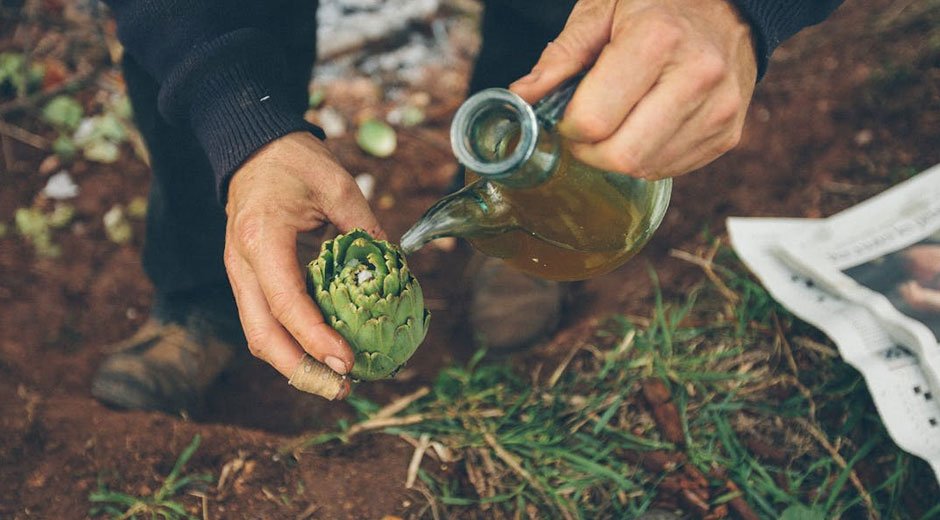Starting your first garden must be so exciting. But in order to make your venture into gardening successful, you must first learn at least some basics. Most gardeners indeed accumulate knowledge over the years, but they all had to start with something. So, if you have no clue about what to do and where to start, this simple guide will lead the way.
Pick the Patch And Read the Light Like a Local
If you want to garden, you first need a patch of land. And that’s precisely why you need to start with sunlight. You’ll need to provide around six hours minimum for vegetables. Planting strategies show it’s usually more for tomatoes and chillies, and a bit less for spinach and all the other leafy greens.
That’s why you need to watch the yard across a full day and literally mark the shade line with pegs or chalk. This little garden stakeout will help you find an ideal patch of land for your gardening projects.
You should absolutely avoid the soggy low spot where water lingers after rain. Near a tap is smart. Near the kitchen is smarter. If it’s easy to reach, it will get done.
Gather the Basics
Starting out, you don’t need a shed full of gear, but having a few solid tools makes everything easier. For example, a good pair of 225mm secateurs is worth the money. They’ll handle everything from trimming herbs to cutting back woody stems without chewing them up.
Add a sturdy hand trowel to that list. And you’ll also need a garden fork for turning soil, and a watering can or hose with a gentle spray head. Don’t do anything without a pair of gloves that actually fit because they will save you from blisters and prickles.
Check Your Soil
Scoop a handful when it’s slightly damp. Then roll it into a sausage. If it holds shape and bends, it’s clay-heavy, and if it shatters, your soil is sandy. And if you’re lucky and you notice that it does a bit of both, you’ve just found the perfect soil for gardening.
Add compost regardless of the soil type. Clay loosens with gypsum and organic matter, while sand holds water better with compost and aged manures. In many places, hydrophobic soil is common. That’s when water beads and runs off. A soil-wetting agent or a generous dose of compost plus a long, slow soak fixes the surface tension nonsense.
Shape the Beds
Plan paths wide enough for a barrow, at least 60 cm. This will save you a lot of trouble later. Now, do you want to go for raised or in-ground beds?
If you don’t know the difference, raised beds warm sooner, drain fast, and look tidy, while in-ground beds are cheaper, hold moisture better, and welcome soil life. There’s no wrong choice here. You pick the one that suits you most. Regardless of your choice, standardise bed widths to about 1 metre so everything is reachable without stepping on soil. Don’t overbuild. Plants grow in soil, not in good intentions.
Feed the Soil
Before you even think about planting anything, just stop and give the soil a proper feed. Forget quick-fix fertilisers for now because you’re building a pantry for the ground. Throw on a good 5–10 cm layer of compost, nice and crumbly, and just let the worms pull it down for you. They’re better at it than we are, and they don’t complain.
If you can get your hands on some pelletised chicken manure or a sprinkle of blood and bone, that’s even better. It gives everything a slow, steady nudge in the right direction.
Choose Easy Winners
As a beginner gardener, you should choose plants that suit the current season. During the cool season, you’ll have success with lettuce, broccoli, spring onions, and herbs like parsley and coriander (especially in partial shade). When it’s warm, go for tomatoes, basil, beans, cucumbers, zucchini, and chillies.
Seedlings are best for plants that take a while to mature, like tomatoes. Think about what you’ll actually eat, and avoid planting too much of one thing, especially zucchini, which produces more than most beginners expect.
Plant Properly
Plant a fraction deeper than the pot line, except for tomatoes, which adore being buried up the stem. Then, you need to firm the soil with the heel of your hand so roots make contact. Space according to the mature plant, not the cute seedling at your feet.
You should try a string line for straight rows or go hexagonal for better airflow. Water them in immediately with a seaweed tonic; it’s a stress blanket in a watering can.
Water Like a Pro
An early morning watering schedule beats afternoon splashing. Deep soaks less often beat light sprinkles daily. Aim at the soil, not the leaves. And if you don’t know when you need to water, you can just stick a finger in knuckle-deep, and if it’s dry, the plants need hydration.
Go for drip irrigation or porous soaker hoses because they will save time and guilt, which inevitably shows up after you sleep in and forget to water your plants. In heatwaves, shade cloth pegged over hoops keeps leaves from crisping and soil from evaporating into thin air. A 30% or 50% cloth is often plenty. One more thing: stash a 10-litre bucket near the shower and catch warm-up water. Plants do not care that it’s not glamorous.
Outsmart the Pests
Netting is king for cabbage moths and fruit flies, as physical barriers beat sprays nine days out of ten. Be strategic and plant a “sacrificial patch” of rocket and nasturtiums away from the main bed to keep aphids busy elsewhere. You should also know that beer traps sink slugs and corrugated cardboard rolls stuffed at soil level collect earwigs overnight. Shake them out for the birds at breakfast.
Possums can be cheeky, but citrus oil on fence tops or a portable motion light buys you time while you put up proper exclusion netting. Diversity is the long game: flowers like alyssum, dill, and borage invite predators that patrol for free.
Prune, Tie, Train
You should always stake tomatoes early, not after a windstorm. Tie loosely with soft ties because stems swell. Pinch side shoots on indeterminate tomatoes to keep the jungle walkable.
Similarly, you can train cucumbers up netting to save space and improve airflow. Snip outer leaves of greens as “cut-and-come-again” rather than decapitating the whole plant. Neat plants are healthier plants, and harvesting becomes peaceful instead of acrobatics.
And when it’s time to reset the beds, pull spent crops, snip roots at soil level where possible and leave them to rot in place. After that, you can rake, top with compost, re-mulch, and plant the next thing. Always toss any diseased material in the bin, not the compost. A fast reset keeps momentum humming and weeds sulking in the wings.
Conclusion
Start with one or two beds. Master watering, mulch, and timing before chasing rare heirlooms or elaborate espalier fantasies. Gardening rewards rhythm over heroics. A few minutes most days beats a once-a-fortnight blitz that leaves you sunburnt and the basil traumatised.






